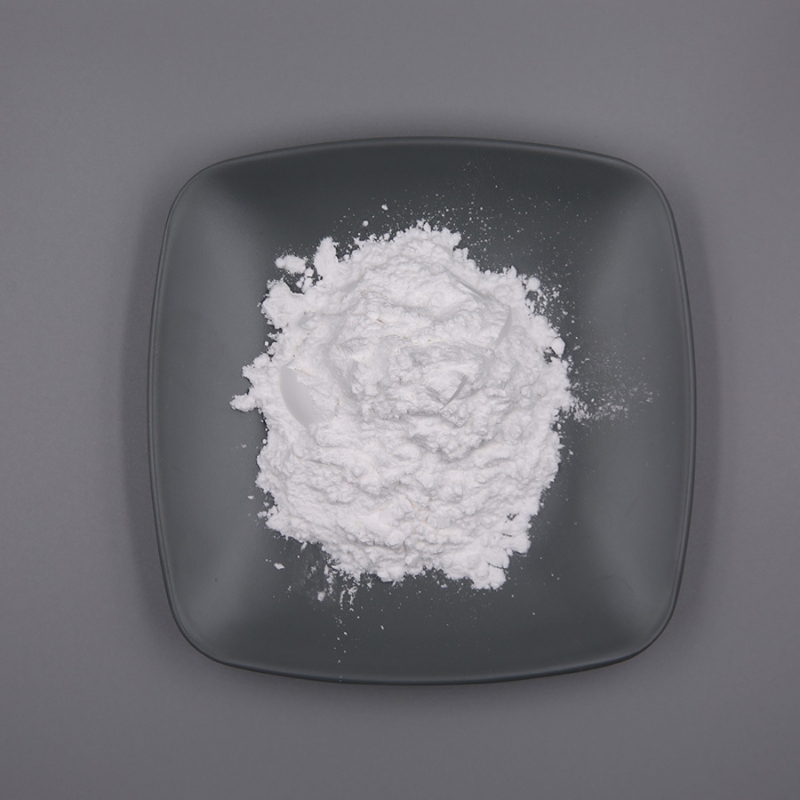-
Categories
-
Pharmaceutical Intermediates
-
Active Pharmaceutical Ingredients
-
Food Additives
- Industrial Coatings
- Agrochemicals
- Dyes and Pigments
- Surfactant
- Flavors and Fragrances
- Chemical Reagents
- Catalyst and Auxiliary
- Natural Products
- Inorganic Chemistry
-
Organic Chemistry
-
Biochemical Engineering
- Analytical Chemistry
-
Cosmetic Ingredient
- Water Treatment Chemical
-
Pharmaceutical Intermediates
Promotion
ECHEMI Mall
Wholesale
Weekly Price
Exhibition
News
-
Trade Service
February 4, 2021 // -- A team of researchers at the Mossani School of Medicine at the University of South Florida Health recently conducted a preclinical study that found new mechanisms for how the Zika virus is transmitted from mother to child during pregnancy, a process known as vertical transmission.
researchers have shown for the first time that specialized cells in the endometrium (maternal metamorphic cells) act as a repository for transmission of the virus through the middle of pregnancy in the placenta, explaining both the fetus's greater sensitivity to Zika infection in early pregnancy and the more severe birth defects observed in early and late pregnancies.
they also reported that oxyamine preparations inhibit the ZIKA virus in maternal metamorphic cells that grow in the laboratory, providing hope of preventing perinatal transmission, which can lead to severe malformations and brain damage in developing fetuses and infants.
(Photo: www.pixabay.com) The study was led by Dr. Ozlem Guzeloglu-Kayisli, associate professor of obstetrics and gynecology at USF Health, and Charles J. Lockwood, senior vice president of USF Health and dean of the Morsani School of Medicine.
Guzeloglu said: "If we can better understand the vertical spread of the Zika virus and successfully block the infection of maternal (metastagulation) cells in the early stages of pregnancy, then the virus will not reach the fetus through the placenta and is unlikely to cause serious abnormalities."
to learn more about how the Zika virus passes through the placental wall, the USF Health team first looked at cells and molecular media copied by the Zika virus.
in their main findings are as follows: 1. The Zika virus can highly infect uterine cells in pregnant and unreceived women.
these immunoactive metastase cells, which are prepared and pregnant in the womb, form the maternal part of the placenta closest to the fetus.
2. The expression of Zika virus attachment into receptors in maternal metastromic cells was identified 10,000 times higher than that of fetal nourishing cells.
zika virus, an RNA virus, once it enters the parent cells, it hijacks the cells, creating the proteins needed to replicate their genetic material and produce new virus particles.
the proliferation of viral particles released from the mother cells is then transmitted through branched vascular protrusions (fluff) on the surface layer of the placenta, where they can infect fetal nourishment layer cells that would otherwise be resistant to the Zika virus.
3. It was found that the efficiency of viral replication in early pregnancy membrane cells was significantly higher than in full-time pregnancy.
the study concluded that maternal (metamorphosis) cells may have been the source of the initial Zika virus infection and enhanced the ability to later transmit to the fetus through the placenta.
In addition, the response of metastometic cells to the Zika virus in the middle of pregnancy helps explain why pregnant women are susceptible to zika virus infection and why the consequences of the first three months of pregnancy are more harmful than in the latter stages of pregnancy.
() Source: In vitro study helps explain how Zika virus passes from mother to fetus when pregnancy Source: Ozlem Guzeloglu-Kayisli et al, Zika Virus - Infected Decidual Cells Elicit a Gestational Age - Dependent Innate Immune and Response Exaggerate Trophoblast Zika Permissiveness: Idea for Vertical Transmission, The Journal of Immunology (2020). DOI: 10.4049/jimmunol.2000713







